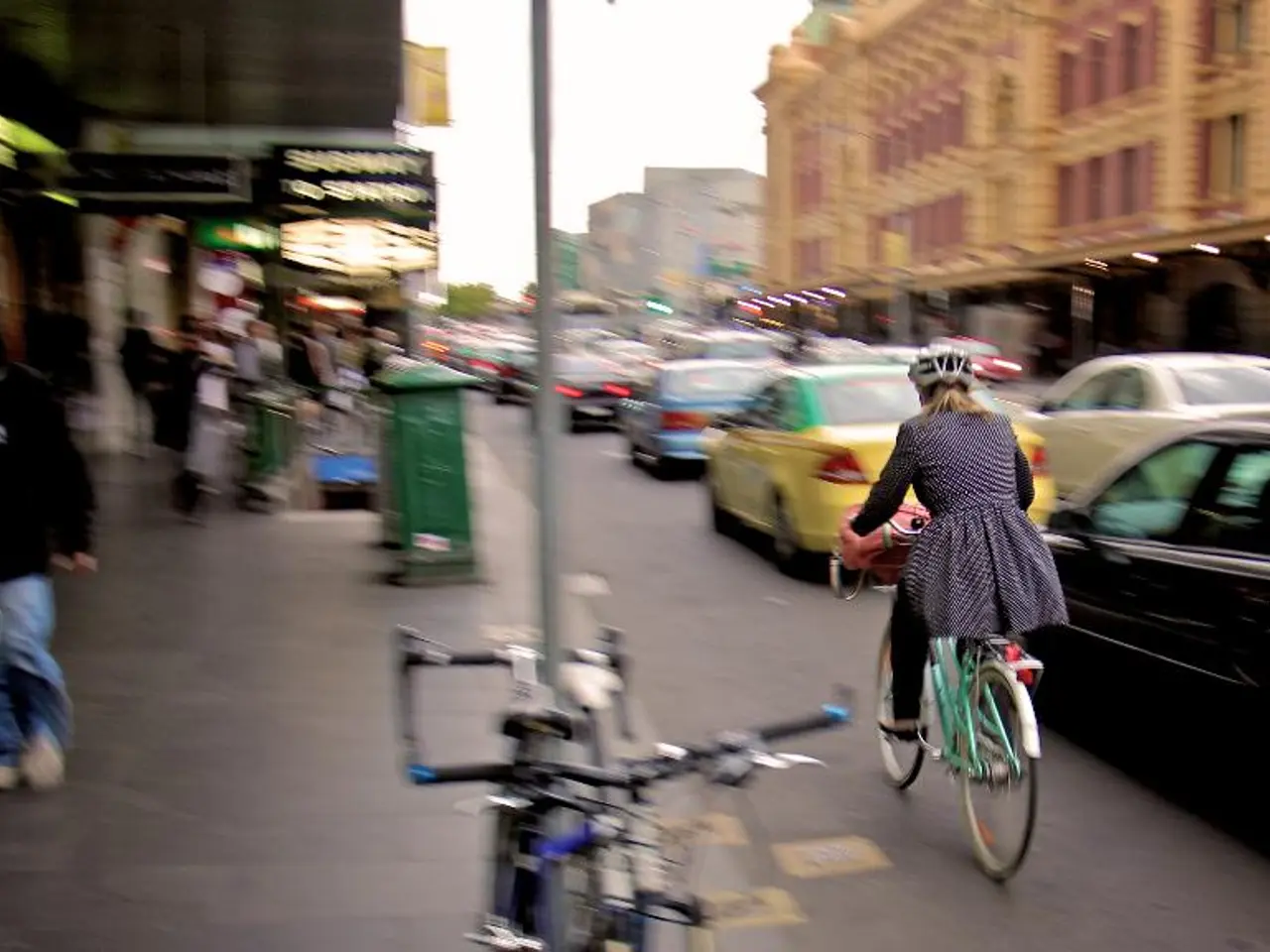Navigating a Car Journey Across France: Guide and Itinerary Planning
Embarking on a road trip through France offers an unparalleled opportunity to immerse yourself in diverse landscapes, charming villages, and rich culture. With careful planning, you can create a unique and memorable adventure tailored to your interests.
Route Planning
The first step in planning your road trip is to decide on your route. Your choice will depend on your interests and the length of your trip. For example, a detailed 17-day itinerary covers Western France, including Paris, Normandy, the Loire Valley, and Bordeaux [1]. Alternatively, a 7-day trip from Nantes to Saint-Malo explores Atlantic coastal towns and countryside [3], or a focused 5-day itinerary on the Côte d’Azur highlights southern coastal gems and beaches [5].
Travel Documents
Ensure your passport is valid and you carry a valid driving license. UK drivers need a full driving license and an International Driving Permit if required [4]. Also, arrange valid car insurance covering France, and check if you need a GB or EU sticker on your car. Keep vehicle registration and breakdown cover documents handy [4].
Crossing the English Channel
You have two main options for crossing the English Channel: ferry or Eurotunnel. Ferries offer sea views and are great for those who want a break from driving, while the Eurotunnel is faster, taking just 35 minutes to get from Folkestone to Calais [2]. Booking these in advance is recommended.
Packing Essentials
Pack essential items for the road trip, including snacks, a playlist, car essentials (spare bulbs, warning triangle, reflective jackets, first aid kit), and travel guides or GPS for navigation. Also, pack comfortable clothing for varied climates, especially if heading to coastal or mountainous areas [4].
Driving Rules in France
Remember to drive on the right side in France. Speed limits typically are 130 km/h on highways, 80-90 km/h on rural roads, and 50 km/h in towns. Be aware of mandatory items like the breathalyzer kit (though enforcement varies), safety vests accessible inside the car, and fog lights usage [4]. Toll roads are common, so carry a credit card or cash for péages.
Accommodation
Accommodation options range from city hotels in Paris or Bordeaux to countryside gîtes (holiday homes), charming B&Bs, and campsites especially useful if traveling with a campervan [5][1].
Local Experiences
Mix must-see historical sites like the Eiffel Tower, Louvre, Versailles, and D-Day beaches with regional specialties — enjoy Parisian pastry tours, fresh seafood in Normandy, wine tasting in the Loire Valley, and Mediterranean beaches in the south [1][3][5]. Consider exploring lesser-known scenic coastal drives or walking in medieval towns.
Preparation and Safety
Before setting off, check that you have all necessary documents, including a valid passport, UK driving license, car insurance, European breakdown cover, and a Crit'Air Sticker for low-emission zones [6]. Remember to factor in travel time as France is a large country, and distances between regions can be significant. Be mindful of low-emission zones in major cities when driving in France [7]. Speed cameras are strictly enforced in France [8].
Starting a journey from the UK adds a sense of adventure when crossing into France [9]. Northern France is perfect for short trips, offering visits to Normandy's beaches and the historic city of Rouen [10]. The French Riviera is ideal for a sun-soaked journey with glamorous stops in Nice and Cannes [5]. Sipping Chablis, a white wine in Burgundy, is one of the delightful stops on a road trip in France [11].
By combining these elements — careful route selection spanning your interests, ensuring all documentation and vehicle needs are met, choosing your cross-Channel transport wisely, packing thoughtfully, abiding by French traffic laws, and selecting varied accommodation — you can create a road trip that is rich in culture, history, and natural beauty, uniquely tailored to your pace and preferences.
References:
- 17-day Western France itinerary
- Ferry or Eurotunnel crossing
- 7-day trip from Nantes to Saint-Malo
- Packing essentials for the road trip
- 5-day itinerary on the Côte d’Azur
- Crit'Air Sticker for low-emission zones
- Low-emission zones in major cities
- Speed cameras in France
- Starting a journey from the UK
- Northern France itinerary
- Sipping Chablis in Burgundy
- As you delve into your road trip through France, be sure to explore various destinations, from the vibrant city of Paris to the picturesque countryside of the Loire Valley and the charming coastal towns of the Côte d'Azur.
- To allow for a seamless cross-Channel journey, consider booking your travel arrangements ahead of time, whether it's a ferry that offers scenic views or the faster Eurotunnel.
- When it comes to lodging, choose from an array of options that cater to different styles, such as city hotels, countryside gîtes, B&Bs, and even campsites for campervan travelers.
- To make the most of your adventure, incorporate elements of local culture into your itinerary, such as wine tasting in the Loire Valley, seafood sampling in Normandy, and exploration of regional attractions like D-Day beaches and medieval towns.




